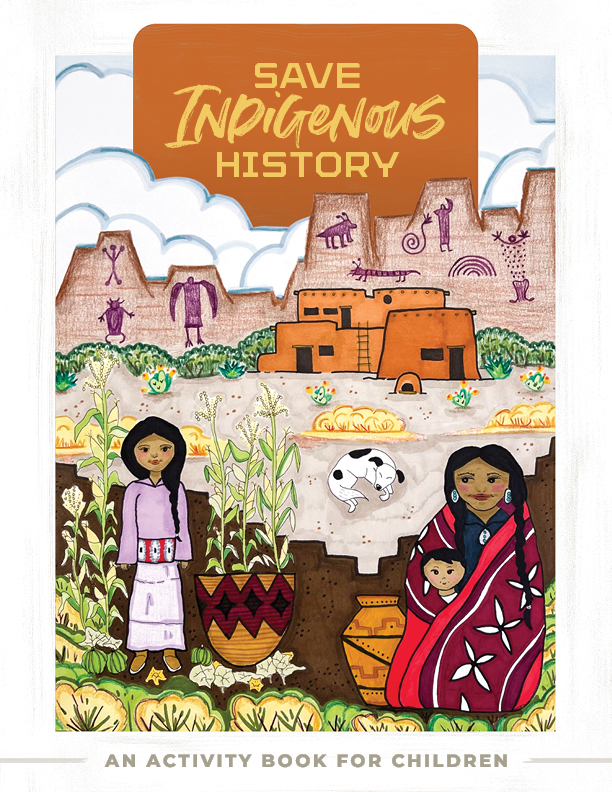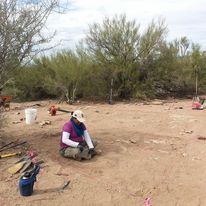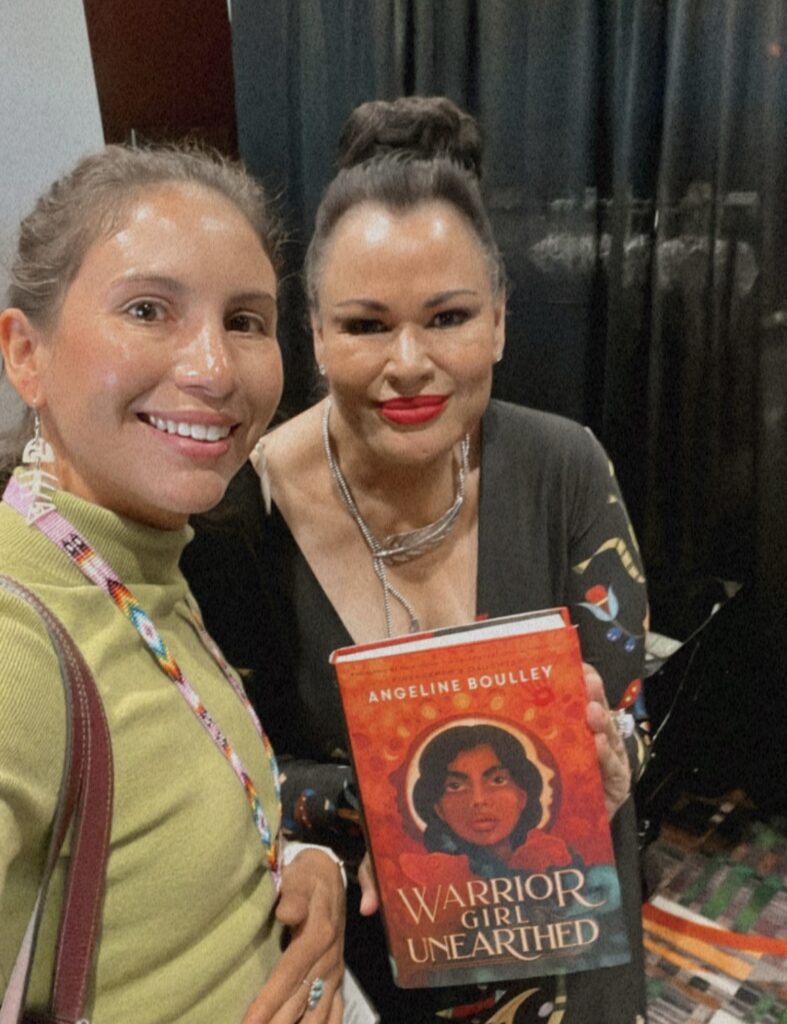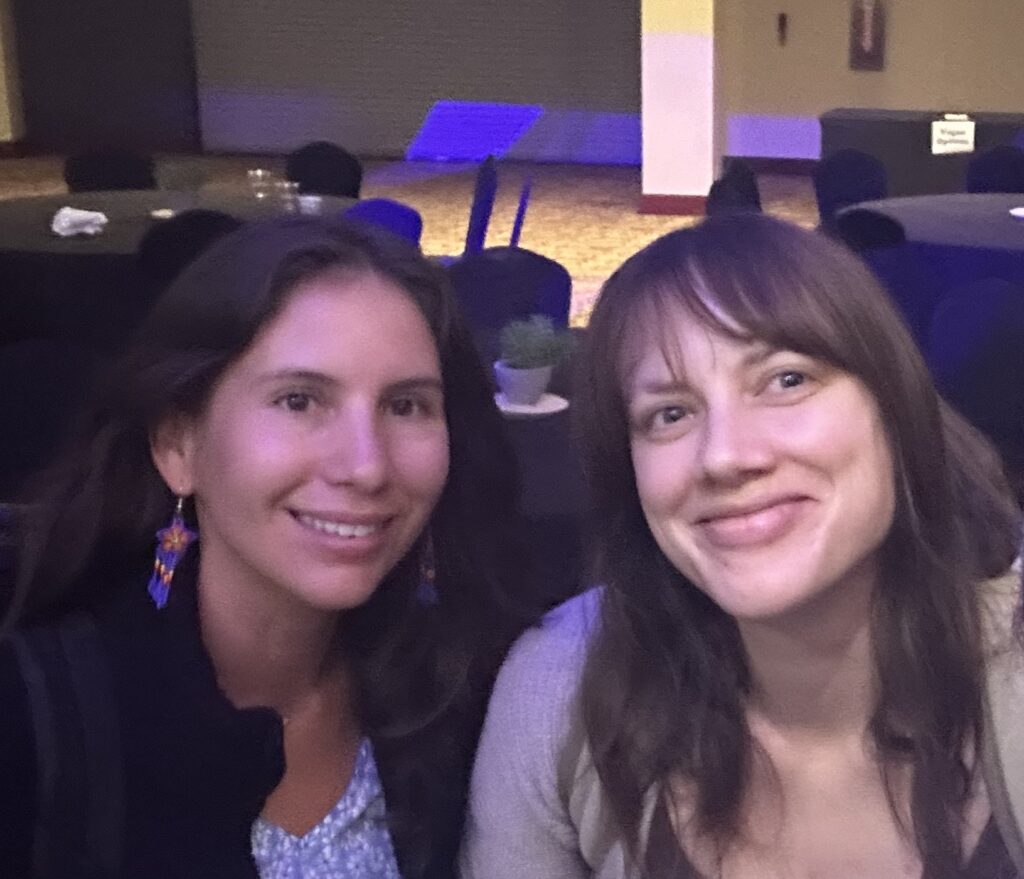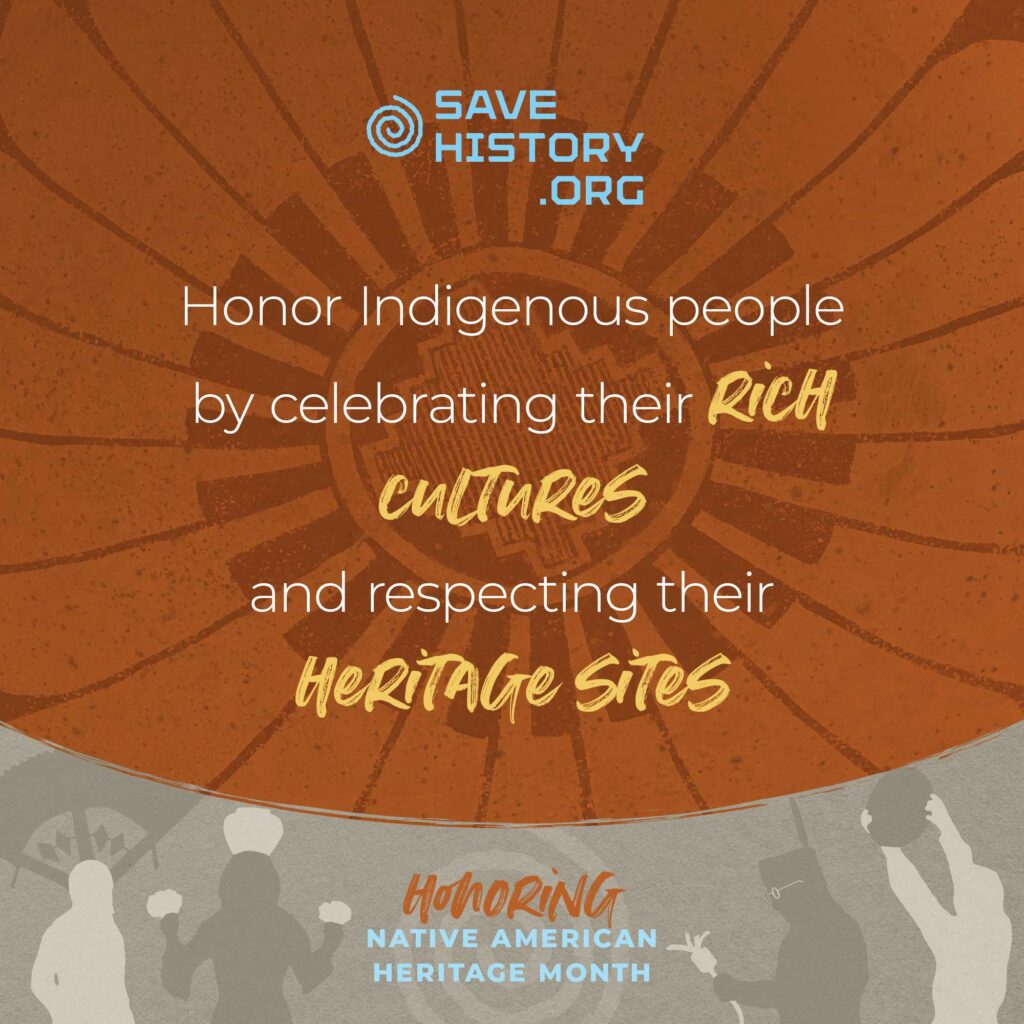Blog
Call for Indigenous Artists & Illustrators: Oklahoma Children’s Activity Book
March 28, 2024
Save History is seeking five Indigenous artists who belong to Oklahoma-based Tribal Nations (must be U.S. citizens) to illustrate Save Indigenous History: A Children’s Activity Book—Oklahoma Edition. This book will be shared on SaveHistory.org, in print, and on Save History social media. What is Save History? Save History is a collaborative effort by Tribal organizations,…
Celebrating Trailblazers – April’s Journey
March 19, 2024
Diving into the depths of history through the eyes of those who’ve lived it offers a rare, enlightening perspective on our collective past. In this exclusive interview, we celebrate Women’s History Month by spotlighting April Sewequaptewa-Tutt, a Hopi matriarch and Indigenous archaeologist, whose remarkable journey intersects the realms of heritage, research, and groundbreaking exploration. April’s…
Warrior Girl Unearthed: Book Review
March 4, 2024
Ashleigh and Angeline Boulley pose with the author’s latest novel, Warrior Girl Unearthed. Warrior Girl Unearthed by acclaimed Ojibwe author Angeline Boulley is a young adult novel set in Anishinaabe land of northern Michigan. This young adult novel introduces us to Perry Firekeeper-Birch, a spirited 16-year-old who embarks on a summer adventure unlike any…
Artists’ Reflections on Save Indigenous History: An Activity Book for Children
February 14, 2024
We are excited to announce the release of Save Indigenous History: An Activity Book for Children. This 30 page book is full of activities, coloring pages, and educational material that teach kids about respectful visitation of archaeological sites. Five talented Indigenous artists illustrated many of the pictures for this project, including: Xenia Berejnoi (Yaqui Yoeme…
Building a New Fire: Reflections from the Repatriation Conference
November 17, 2023
Ashleigh and Shannon at the 9th Annual Repatriation Conference hosted by the Citizen Potawatomi Nation at the Grand Casino Hotel and Resort, Shawnee. From November 7–9, 2023, the Save History team attended the 9th Annual Repatriation Conference hosted by the Association on American Indian Affairs and the Citizen Potawatomi Nation in Shawnee, Oklahoma. Attendees included…
Native American Heritage Month: Respecting Cultural Sites
November 1, 2023
Happy Native American Heritage Month! This November, we are releasing a video series about respecting Indigenous places of cultural and spiritual significance. First, we hear from Barnaby Lewis, Gila River Indian Community Tribal Historic Preservation Officer. He discusses the impacts development has on cultural resources, as well as the lack of justice when people…

